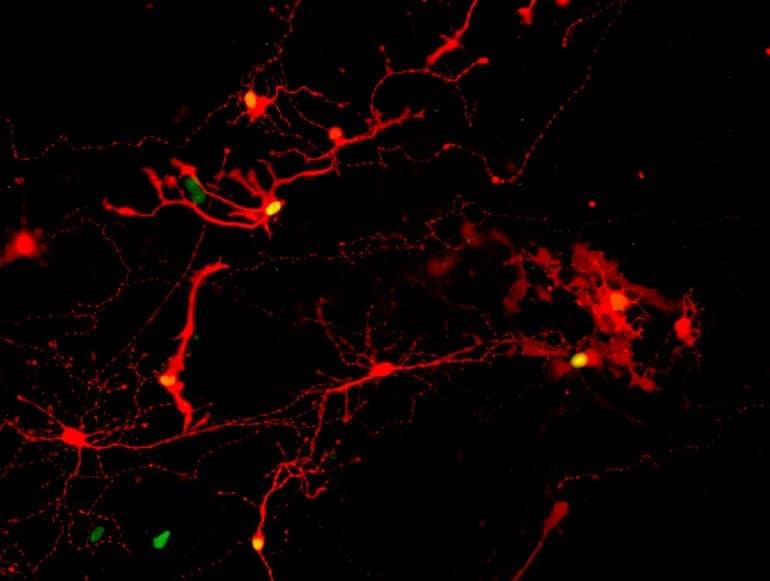A two-dimensional crystalline polymer of C60, termed graphullerene, is synthesized by chemical vapour transport, and mechanically exfoliated to produce molecularly thin flakes with clean interfaces for potential optoelectronic applications.


Clip taken from my conversation with Professor Michael Levin. Full episode: https://www.youtube.com/watch?v=C96Hq8kDORU&ab_channel=Thinginitself.
Podcast.
Spotify: https://open.spotify.com/show/0dUBLTl6qzOfA0xMndLFzq.
Google: https://www.google.com/podcasts?feed=aHR0cHM6Ly9mZWVkcy5yZWR…FhMw%3D%3D
Apple: https://podcasts.apple.com/us/podcast/thing-in-it-self/id1616881426
Amazon: https://music.amazon.ca/podcasts/9c6c08b2-e975-47d6-a897…in-it-self.
Social.
Twitter: https://twitter.com/thinginitself__
Instagram: https://www.instagram.com/thinginitself.pod/
Facebook: https://www.facebook.com/people/Thing-in-itself/100088163125850/

Sam Baron, Australian Catholic University.
Black holes form natural time machines that allow travel to both the past and the future. But don’t expect to be heading back to visit the dinosaurs any time soon. At present, we don’t have spacecraft that could get us anywhere near a black hole. But, even leaving that small detail aside, attempting to travel into the past using a black hole might be the last thing you ever do.
Without satellite navigation, rockets can’t navigate to the moon without ground control, which is costly, cumbersome, and requires a lot of math.

Summary: Lab-created retinal cells created from human stem cells can reach out and connect to neighboring cells, a new study reports. The cells have the capacity to replace damaged retinal cells and carry sensory information. The findings could pave the way for clinical trials for the treatment of a range of diseases associated with vision loss and blindness.
Source: University of Wisconsin.
Retinal cells grown from stem cells can reach out and connect with neighbors, according to a new study, completing a “handshake” that may show the cells are ready for trials in humans with degenerative eye disorders.




A new video provides an epic view of a historic SpaceX mission.
On Tuesday morning (Jan. 3), a SpaceX Falcon 9 rocket launched on a “rideshare” mission called Transporter-6 from Cape Canaveral Space Force Station in Florida, carrying 114 satellites to orbit for a variety of customers.
Interest in gallium lagged in the past, partly because of the unfair association with toxic mercury, and partly because its tendency to form an oxide layer was seen as a negative. But with increased interest in flexible and, especially wearable electronics, many researchers are paying fresh attention.
To make bendable circuits with gallium, scientists form it into thin wires embedded between rubber or plastic sheets. These wires can connect tiny electronic devices such as computer chips, capacitors and antennas. The process creates a device that could wrap around an arm and be used to track an athlete’s motion, speed or vital signs, for instance, says Carmel Majidi, a mechanical engineer at Carnegie Mellon University.